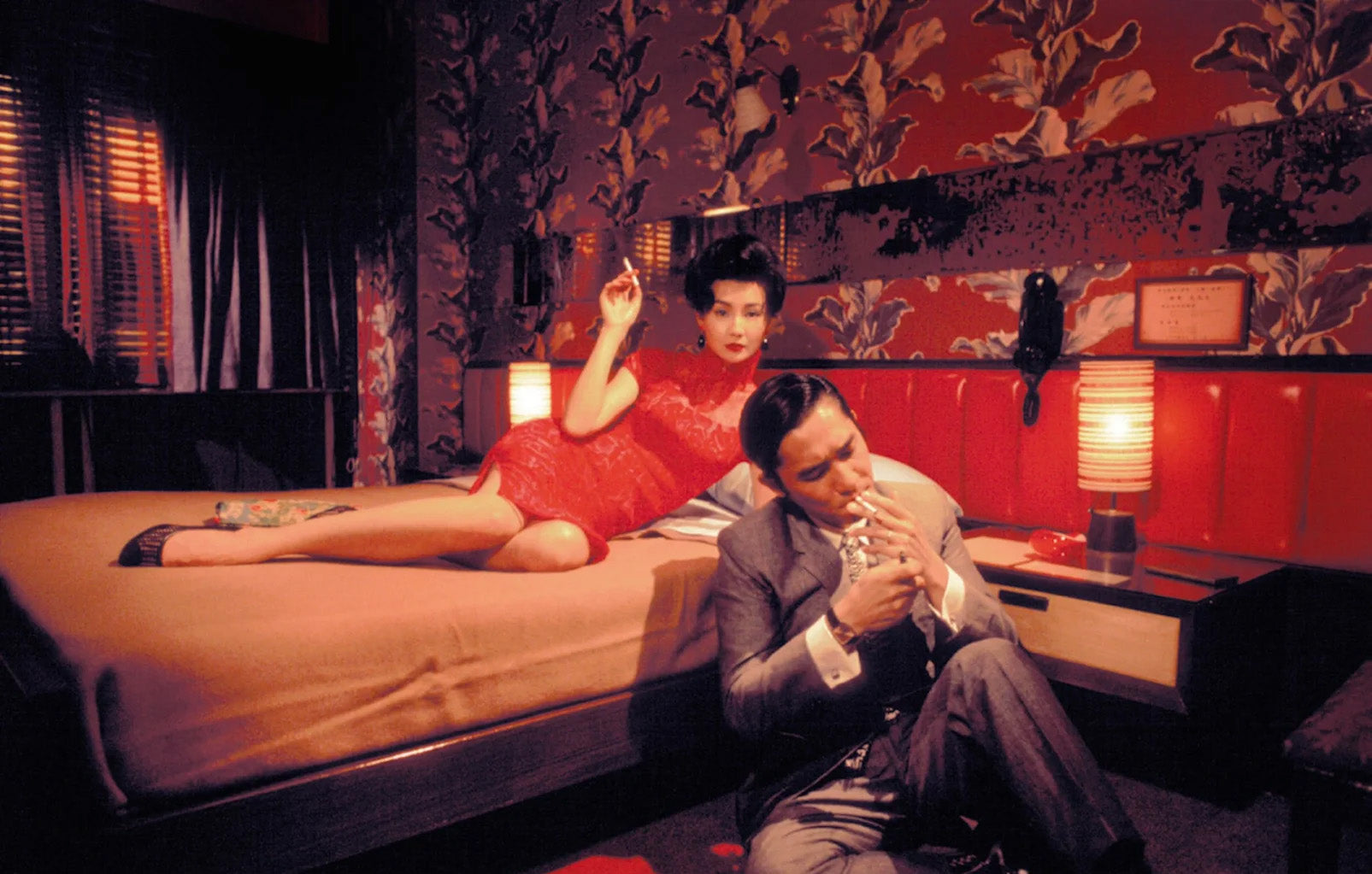魏晋时期(公元220-420年)是中国哲学变革、政治动荡和思想转型的时期。这一时期的时尚也随之演变,呈现出更加轻松、自然和简约的设计风格。魏晋时期的汉服与前几代不同,注重舒适、活动自如以及与自然的精神联系。下文将探讨魏晋汉服的关键设计特征,以及如何根据不同的场合、地点和配色方案选择合适的款式。
1. 简化宽松的廓形
魏晋汉服摆脱了前期结构严谨、繁复的设计。取而代之的是宽松的剪裁,宽袖直筒,穿着舒适,活动自如。这种简约的风格受到了道教兴起和佛教早期传播的影响,两者都强调自然生活、精神自在和自我表达。
2. 精致的刺绣和图案
魏晋时期,汉服刺绣从早期大胆繁复的图案演变为更为细腻简约的风格。刺绣的重点转向自然、低调的图案,反映了当时哲学思想的转变,尤其是道教和佛教的影响。刺绣变得更加精致,竹子、莲花和蝴蝶等符号成为常见的图案。每个符号都蕴含着深刻的含义,代表着力量、纯洁和蜕变等品质,所有这些都与精神和自然的和谐息息相关。
这些极简主义的设计在服饰上运用得并不多,保持着优雅的简约风格,与当时日益崇尚朴素内敛的风尚相呼应。刺绣并非喧宾夺主,而是巧妙地与面料相得益彰,体现了魏晋世界观中关于内心平静与自然美的哲学理念。这种转变标志着人们告别了奢华的服饰,转而追求兼具个人品味和精神境界的服饰。
3. 哲学对色彩选择的影响
魏晋汉服的色彩较早期有所淡化,更注重大地色系、柔和的粉彩和低调的色调。这些色彩与道家思想相符,象征着与自然和谐相处、精神宁静。
4.舒适实用的面料
魏晋时期,人们追求舒适便捷,丝绸、棉、麻等轻薄面料被广泛使用。丝绸仍然是贵族阶层的奢华面料,而棉和苎麻则更常用于日常穿着,为民众提供舒适实用的穿着体验。
魏晋时期服饰的主要种类
-
Shenyi — 全身长袍
神衣是一种全身长袍,象征着天地合一,这是中国宇宙观的核心概念。魏晋时期,神衣的设计更加随意,面料更加简洁,装饰也更少。这种服装通常由文人、官员和知识分子穿着,反映了当时的哲学和精神理想。
-
Ruqun — 上衣和裙子的组合
襦裙是当时流行的女性服饰,由短上衣搭配飘逸的长裙组成。魏晋时期,襦裙常搭配长披肩或腰带,更显优雅高贵。花鸟等装饰图案十分常见,象征着女性的柔美、生育能力和美丽。
-
直裾和曲裾——直下摆或曲下摆的长袍
这些是长袍的变种,以其下摆形状为特征:
直裾:较为正式、实用,多在宫廷或官场上穿着。
-
曲裾(弧形下摆):工艺更为复杂,仅用于礼仪或节庆场合。弧形下摆因其优美的廓形而备受推崇,既能凸显穿着者的端庄气质,又能方便活动。
-
军装和实用服装
魏晋时期的平民服饰注重舒适典雅,而军装则注重实用性。军装更短,面料更结实,便于行动。军官的服装通常包含实用的盔甲,而高级将领有时会在盔甲外保留传统长袍的元素,以示象征意义。
服装的文化和社会含义
魏晋时期的服饰与早期王朝相似,是社会地位的视觉象征。富裕的精英阶层穿着丝绸服饰,通常绣有吉祥图案,而平民则穿着由苎麻或棉布制成的简朴服饰。配饰也扮演着彰显身份地位的角色,精英阶层会佩戴玉石和黄金首饰。
这一时期,性别角色至关重要。尽管男女都穿着宽袖长袍,但女性服饰往往更具装饰性,色彩鲜艳,尤其是在汉代宫廷女性文化日益凸显的背景下。另一方面,男性服饰则普遍较为内敛,强调庄重朴素。
文化传承与现代复兴
魏晋时期的服饰风格对后世的汉服产生了深远的影响,并影响了唐、宋、明等朝代。交领、宽袖和宽松的廓形等元素在汉服中依然占据重要地位。即使在今天,得益于日益兴起的汉服复兴运动,汉服爱好者们仍然穿着这些历史服饰的现代版本。如今,中国的现代年轻人在文化节庆、写真拍摄甚至日常生活中都会穿着受魏晋风格启发的汉服,这体现了人们对中国传统服饰的重新认识。
结论
魏晋汉服代表了中国服饰史上的关键转折,体现了思想与精神理想的融合。这一时期的汉服注重简洁、舒适和自然之美,告别了早期较为刻板繁复的风格。魏晋汉服以其简约的设计、流畅的形态和自然的色彩,捕捉了当时哲学思潮的精髓,展现了一段文化转型的历程。如今,这些隽永的服饰依然激励着那些渴望与中国深厚文化遗产产生共鸣的人们。





